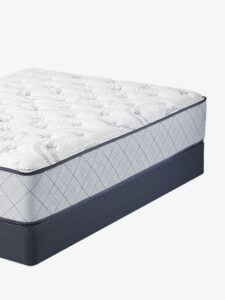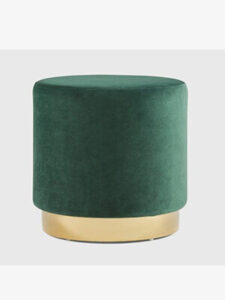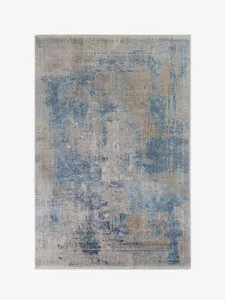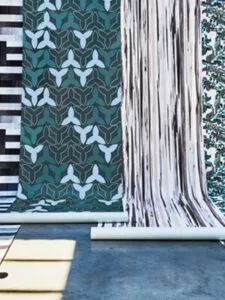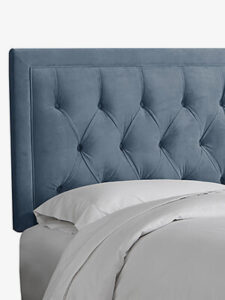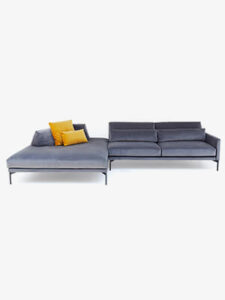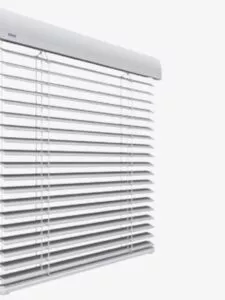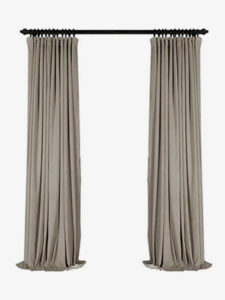If you are choosing window treatments for your space, there are many factors to consider; including color, pattern, style, length, and fabric. The fabric you would choose can affect how a curtain hangs and drapes as well as the texture, coverage, and durability and how easy it is to launder. Each type has its own benefits and best uses based on its weight, texture, light blocking or exposing qualities, durability and sun-fade resistance. Here are some tips that can guide you to choose the fabric type for curtains.
COTTON FABRIC
Cotton curtains in a drapery weight material are very popular for their looks as well as function.Curtains made of cotton or a cotton blend are versatile options.Cotton curtains drape well, making them a natural fit for all spaces. If you want to block sunlight in a bright bedroom you can choose cotton curtains with a tight leave or opt for a cotton panel with lining. If you prefer to have a room that has a light, airy feel you can always go for sheer cotton curtains.
SILK FABRIC
Silk curtains usually are heavier but they drape well bring on a look of luxury . They are ideal for bedrooms or formal dining rooms. Silk fabrics are dry clean only so it is a material that is more time-consuming when it comes to laundering.If silk doesn’t say ‘luxury’ nothing does. Be warned though, silk is best chosen for its aesthetic appeal than functionality. Silk is a heavy-ish fabric so it drapes well; it looks fabulously romantic in bedrooms or formal dining rooms.
LINEN FABRIC
Linen is a billowier fabric that provides a tailored look and is perfect for a casual dining area, every bedroom or contemporary living room. Linen is a natural fibre. Its billowy look creates an airy, casual, relaxed environment. If you like the look of curtains that pool on the floor, linen is a great choice to achieve it. Linen drapes well and this year fabric doesn’t block ‘the sun.
POLYESTER FABRIC
Durable, sturdy, easy to care, resisting wrinkles, shrinking and stretching. Avoid outfitting your kitchen because it is flammable. Polyester is a common fabric for curtains, as it is durable, sturdy, and affordable. Polyester curtains are easy to care for and resist wrinkling, shrinking, and stretching.
VELVET FABRIC
Made of either natural or synthetic fibers, if you want glamour and richness in a room, pick velvet. Velvet is a heavy fabric that keeps out the cold so they are ideal window treatments for insulating homes with drafty windows. It’s thick and heavy, making it great for blocking out cold air, light and sound. And it drapes well, giving rooms a regal look.
LACE FABRIC
Lace curtains are very traditional and best used to provide privacy and diffuse natural light. Lace is a very sheer fabric, so curtains made from this material tend to diffuse natural light and offer an open, airy feel. Most often they come in neutral shades, easily coordinated with other colours in the room. Check to see if they’re dry-clean only, or a little more sturdy and can handle a machine wash.
VISCOSE FABRIC
Viscose is a manufactured fiber made from natural materials. The silk-like feel of viscose makes it an excellent material for curtains. The flowy fabric drapes over your windows, enhancing the beauty of your room.
JACQUARD FABRIC
Use this fabric for draperies and upholstery. Want to block out noise and extreme temperatures in your space? jacquards are very durable, and do not wear out or fade easily.
With so many fabrics to choose from for your space, it’s easy to overlook the rest of the curtain-hanging process, which includes picking the right curtain hardware or measuring your windows with precision.
Patterns furnishing has experience in curtain making and has made just about every style of the curtain in every variety of fabric imaginable.Get in touch with us today ! One of our team will be on hand to help you decide what curtains would be best for your environment





